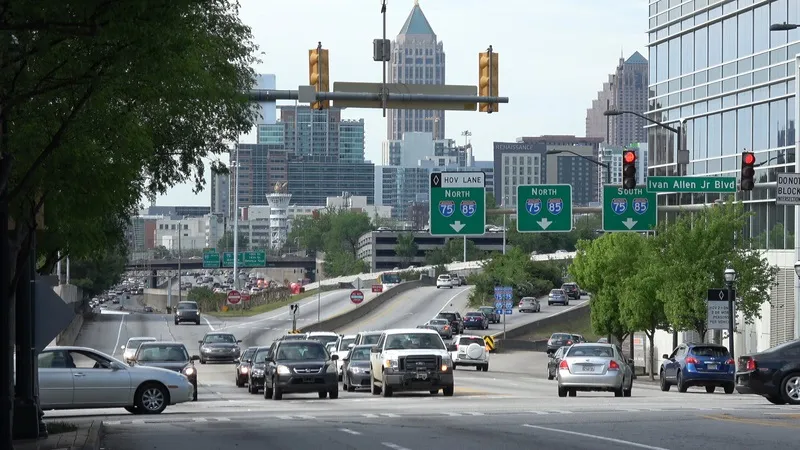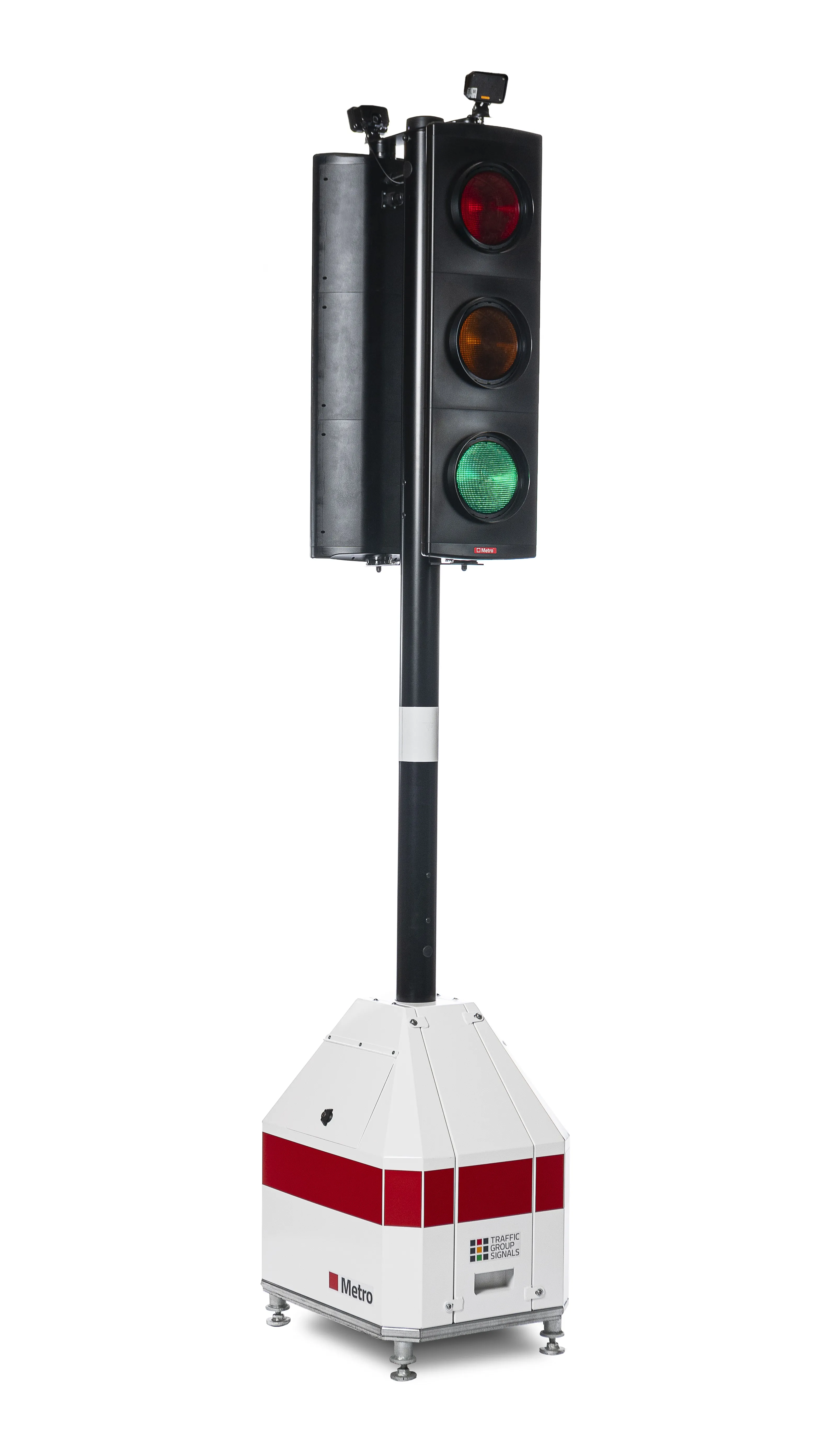Traffic control specialist Vysionics ITS has won a deal to deliver Europe’s longest average speed enforcement system. This will be installed on a 220km stretch of the A9 in Scotland. The installation will be the first time average speed cameras will have been used on such a long stretch of road on a permanent basis, rather than for short term use during road repairs.
The current road configuration is a mixture of single and dual carriageway which carries a high proportion of HGV traffic. Part of the lon
April 23, 2014
Read time: 3 mins
Traffic control specialist 604 Vysionics ITS has won a deal to deliver Europe’s longest average speed enforcement system.
This will be installed on a 220 kilometre stretch of the A9 in Scotland.
The installation will be the first time average speed cameras will have been used on such a long stretch of road on a permanent basis, rather than for short term use during road repairs.
The A9 has a fearsome record for crashes and this installation represents a trial of the technology, with a view to helping improve safety along the route. The average speed cameras will be installed between Dunblane and Inverness during 2014, forming part of a long term safety strategy that also includes dualling the Perth to Inverness section of the route by 2025. The move is of immense significance and its progress will be closely monitored within the UK and Europe as a whole. Should it deliver the safety benefits expected, it will herald a much wider introduction of average speed camera systems along stretches of the road network with high crash statistics and requiring safety improvements both in the UK and in Europe.
The A9 is a key strategic route in Scotland, running from the central belt through to the highlands and provides an important link for heavy goods transport as well as for tourism. The existing road is a mixture of single and dual carriageway, carrying a high proportion of HGV traffic. The current national speed limit for HGVs over 7.5tonnes is 64km/h on the single carriageway sections, which can often lead to traffic queues and driver frustration leading in turn to poor driver behaviour. Part of the overall strategy to make the route safer, improve journey time reliability and reduce frustration is to increase the HGV speed limit to 80km/h on the single carriageway sections between Perth and Inverness. This will be enforced by the network of SPECS3 average speed cameras and subjected to Transport Scotand’s normal three-year evaluation.
SPECS3 is an ANPR based average speed enforcement system. Camera installations, supported by appropriate signage will be placed at between 5 and 7 kilometres apart, mounted on highly distinctive SPECS columns. The cameras operate in darkness as they feature infra-red illumination. The lack of visible lighting or flashes is particularly beneficial in the Caingorm National Park, where visible lighting is not permitted.
Offence data is collected at the roadside and communicated back to a remote central server. Average speed cameras have been widely used around the UK with more than 60 permanent sites to date. At sites where they have been installed as a casualty reduction measure, killed or seriously Injured (KSI) figures have reduced by on average more than 70 per cent. In addition, traffic flows improve, resulting in improved journey reliability and low offence levels.
This will be installed on a 220 kilometre stretch of the A9 in Scotland.
The installation will be the first time average speed cameras will have been used on such a long stretch of road on a permanent basis, rather than for short term use during road repairs.
The A9 has a fearsome record for crashes and this installation represents a trial of the technology, with a view to helping improve safety along the route. The average speed cameras will be installed between Dunblane and Inverness during 2014, forming part of a long term safety strategy that also includes dualling the Perth to Inverness section of the route by 2025. The move is of immense significance and its progress will be closely monitored within the UK and Europe as a whole. Should it deliver the safety benefits expected, it will herald a much wider introduction of average speed camera systems along stretches of the road network with high crash statistics and requiring safety improvements both in the UK and in Europe.
The A9 is a key strategic route in Scotland, running from the central belt through to the highlands and provides an important link for heavy goods transport as well as for tourism. The existing road is a mixture of single and dual carriageway, carrying a high proportion of HGV traffic. The current national speed limit for HGVs over 7.5tonnes is 64km/h on the single carriageway sections, which can often lead to traffic queues and driver frustration leading in turn to poor driver behaviour. Part of the overall strategy to make the route safer, improve journey time reliability and reduce frustration is to increase the HGV speed limit to 80km/h on the single carriageway sections between Perth and Inverness. This will be enforced by the network of SPECS3 average speed cameras and subjected to Transport Scotand’s normal three-year evaluation.
SPECS3 is an ANPR based average speed enforcement system. Camera installations, supported by appropriate signage will be placed at between 5 and 7 kilometres apart, mounted on highly distinctive SPECS columns. The cameras operate in darkness as they feature infra-red illumination. The lack of visible lighting or flashes is particularly beneficial in the Caingorm National Park, where visible lighting is not permitted.
Offence data is collected at the roadside and communicated back to a remote central server. Average speed cameras have been widely used around the UK with more than 60 permanent sites to date. At sites where they have been installed as a casualty reduction measure, killed or seriously Injured (KSI) figures have reduced by on average more than 70 per cent. In addition, traffic flows improve, resulting in improved journey reliability and low offence levels.










